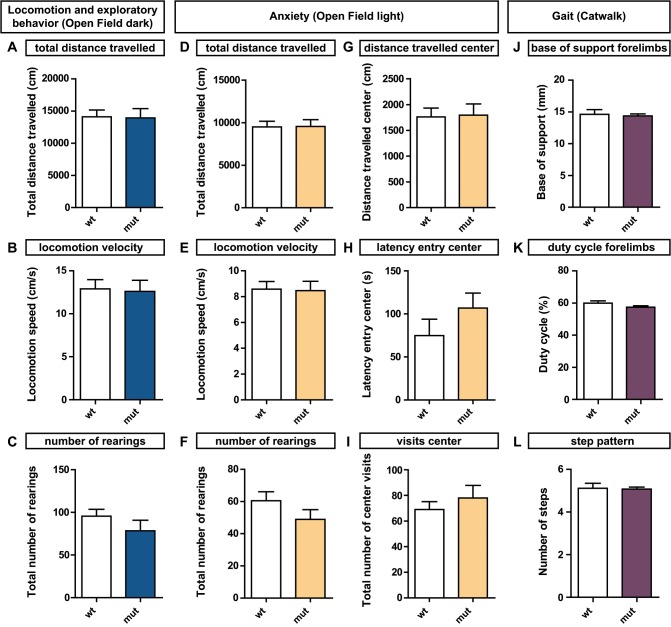Fig 1. Sema3F mutants show normal behavior in the dark and light open field test.
(A-C) Gross locomotion and exploratory behavior of Sema3F animals is analyzed at the age of 4 weeks in the dark open field. No significant differences are evident in (A) the total distance travelled (14100 ± 1069 cm vs. 13920 ± 1457 cm, p = 0.48), (B) the locomotion velocity (12.90 ± 1.07 cm/s vs. 12.61 ± 1.29 cm/s, p = 0.65) or (C) the number of rearings (95.60 ± 7.99 vs. 78.40 ± 12.40, p = 0.35). Statistical analysis: N = 10 for each group, Mann-Whitney test. * p < 0.05, ** p < 0.005, *** p < 0.001. (D-I) Anxiety related behavior is investigated in the light open field at 4 weeks of age. Overall locomotion or exploratory behavior is not affected in Sema3F mutants in the light open field as determined by (D) the total distance travelled (9505 ± 658.7 cm, N = 21 vs. 9543 ± 809.3 cm, N = 26, p = 0.86), (E) the locomotion velocity (8.586 ± 0.595 cm/s, N = 21 vs. 8.465 ± 0.725, N = 26, p = 0.72) or (F) the number of rearings (60.52 ± 5.57, N = 21, vs. 48.89 ± 6.06, N = 19, p = 0.17). The determination of (G) the distance travelled in the center (1759 ± 172.1 cm, N = 21 vs. 1796 ± 215.8 cm, N = 26, p = 0.66), (H) the time until the first center entry (74.86 ± 19.07 s, N = 21 vs. 106.8 ± 17.59 s, N = 26, p = 0.10) and (I) the number of center visits (69.10 ± 6.09, N = 21 vs. 78.00 ± 9.91, N = 26, p = 0.47) does not reveal any anxiety related behavior in Sema3F mutants. (J-L) Gait of Sema3F animals was analyzed 9 weeks after birth using the CatWalk analysis system. No significant differences were found in (J) the forelimb base of support (14.64 ± 0.73 mm, N = 9 vs. 14.37 ± 0.32 mm, N = 9; p = 1.0), (K) the duty cycle of the forelimbs (59.88 ± 1.43%, N = 9 vs. 57.42 ± 0.86%, N = 9; p = 0.11) or (L) the step pattern of the animals (5.11 ± 0.23, N = 9 vs. 5.07 ± 0.09, N = 9; p = 0.58).Statistical analysis: Mann-Whitney test. * p < 0.05, ** p < 0.005, *** p < 0.001.

